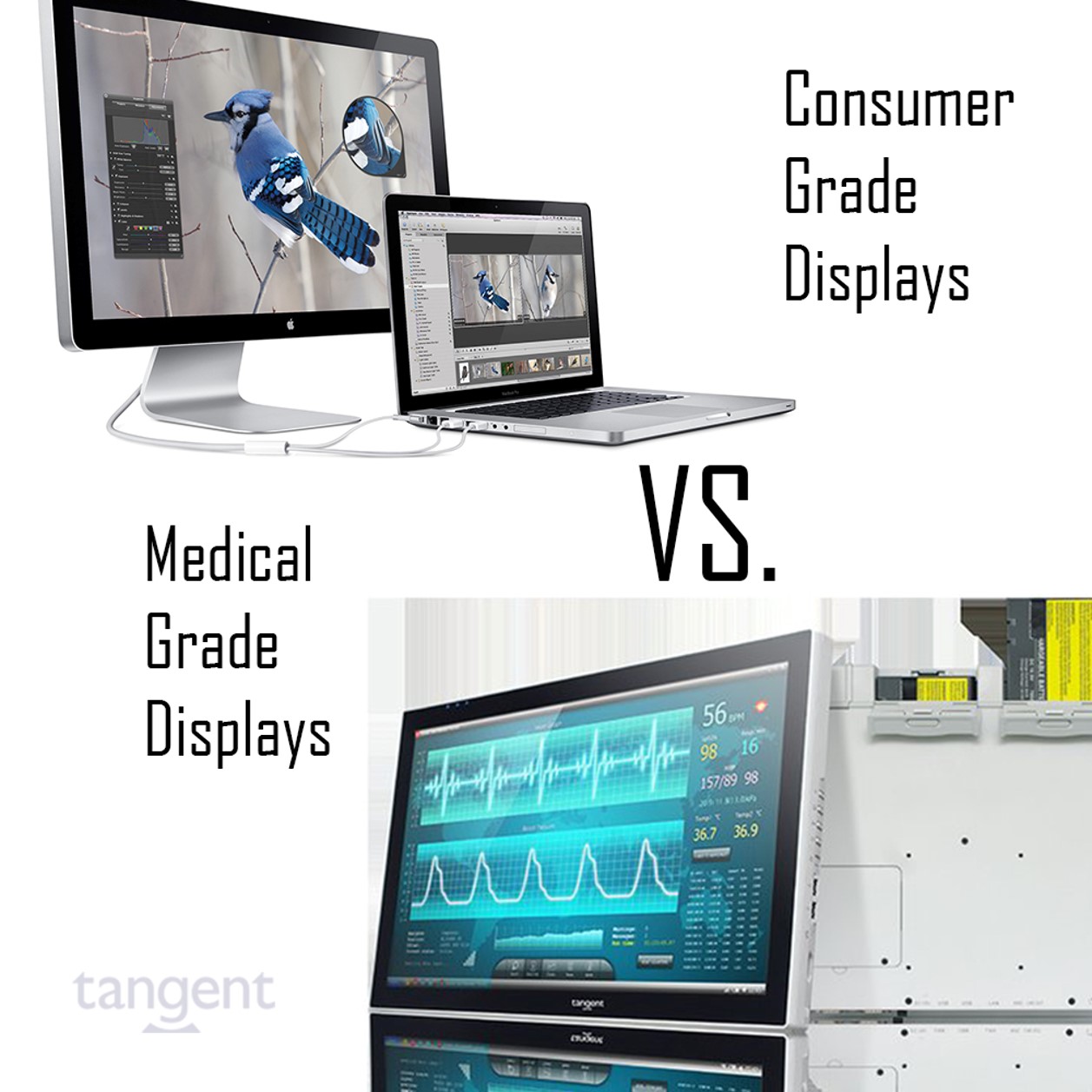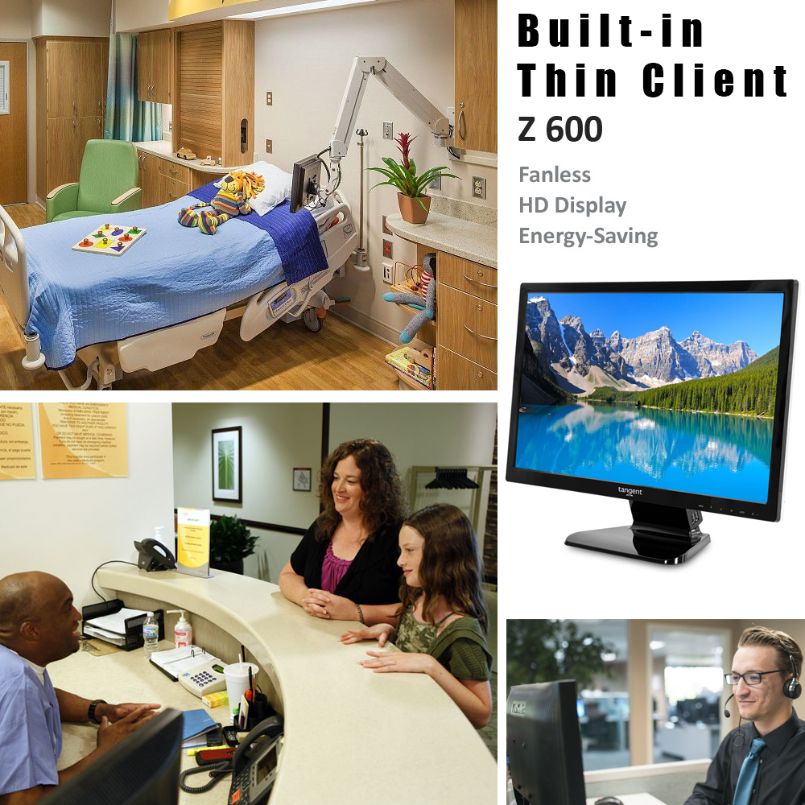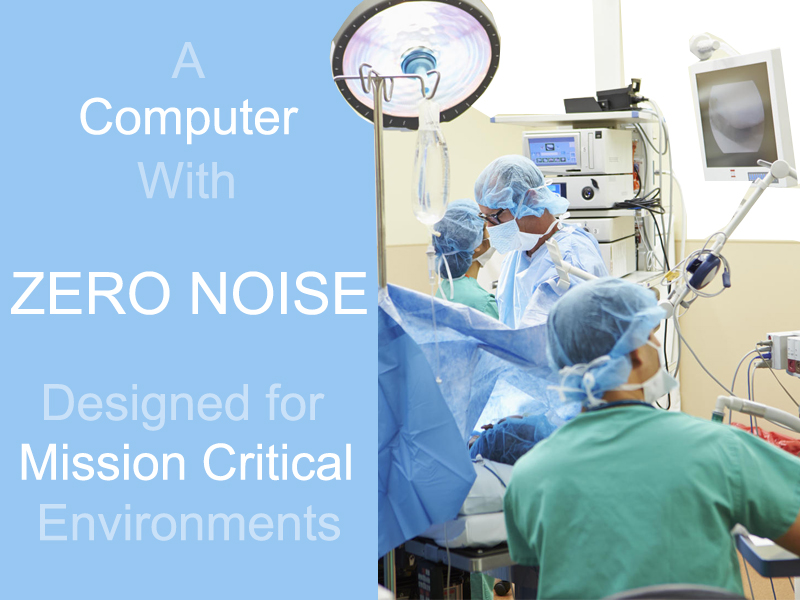Fanless Computers: Progress in Silence and Longevity Prior to the mid 70s, computers were typically very large industrial or commercial machines, often housed in a dedicated room with an equally sized cooling system. Noise was not a notable issue for users because the computers were isolated industrial devices, viewed much like any other heavy duty […]
Category: Medical Grade Computer Acessories

Consumer Grade vs. Medical Grade Displays
The importance of selecting Medical Grade Displays for your Healthcare Application Although there is a wide availability of display solutions to meet the demands of hospital and diagnostic requirements, not every solution can provide the quality, consistency, or longevity necessary for successful operation and patient satisfaction. Hospital staff often do a double take when they […]

Thin Client
All About Thin Clients A thin client is a lightweight hardware created for VDI- virtual desktop infrastructure solutions. Instead of storing data on a PC, a thin client enables storage of data on a data center or server. Benefits of a Thin Client: A thin client allows for easy deployment and management. […]

Importance of 60601-1 Certification for Medical Tablets
Importance of 60601-1 Certification for Medical Tablets In the medical field, the general standard IEC 60601-1 is a widely accepted benchmark for medical electrical equipment. It deals with the basic safety and essential performance functions of medical electrical equipment and aims to ensure that no electrical, mechanical, or functional failure poses an unacceptable risk to […]

The Surgical Environment and Noise-free Computers: A Complimentary Pair
Tangent’s fanless medical computers contain advanced cooling technology and SSD storage providing noise-free operation. While a silent computer is convenient and desirable, there are specific environments where the noise-free feature is not just a nice commodity, but also a requisite. This article covers the applications of noise-free computers in surgical environments. Operating Rooms: […]

The Significance of Anti-Microbial Keyboards and Mice
The Significance of Antimicrobial Keyboards and Mice Medical grade keyboards and mice are the gateway to secure, sterile, high-quality healthcare. Healthcare computers, carts and tablets receive significant credit in the way they have improved healthcare environments producing more efficiency, sterility and better quality service. Nevertheless, as the adage states: a castle can only stand […]
